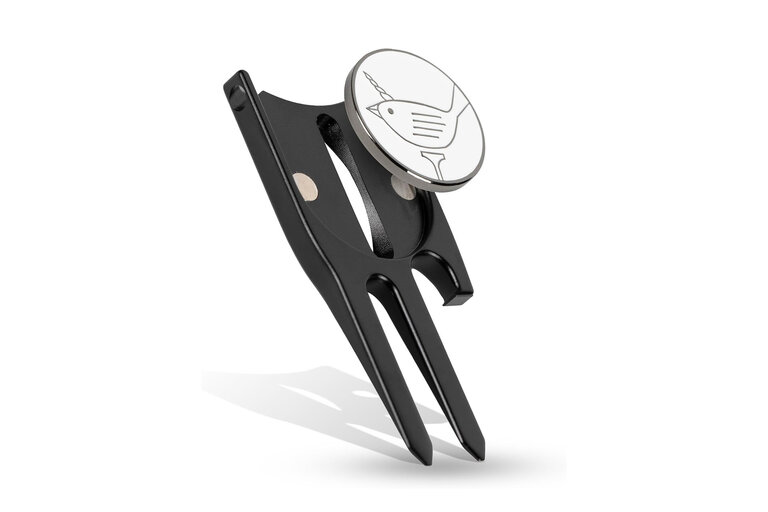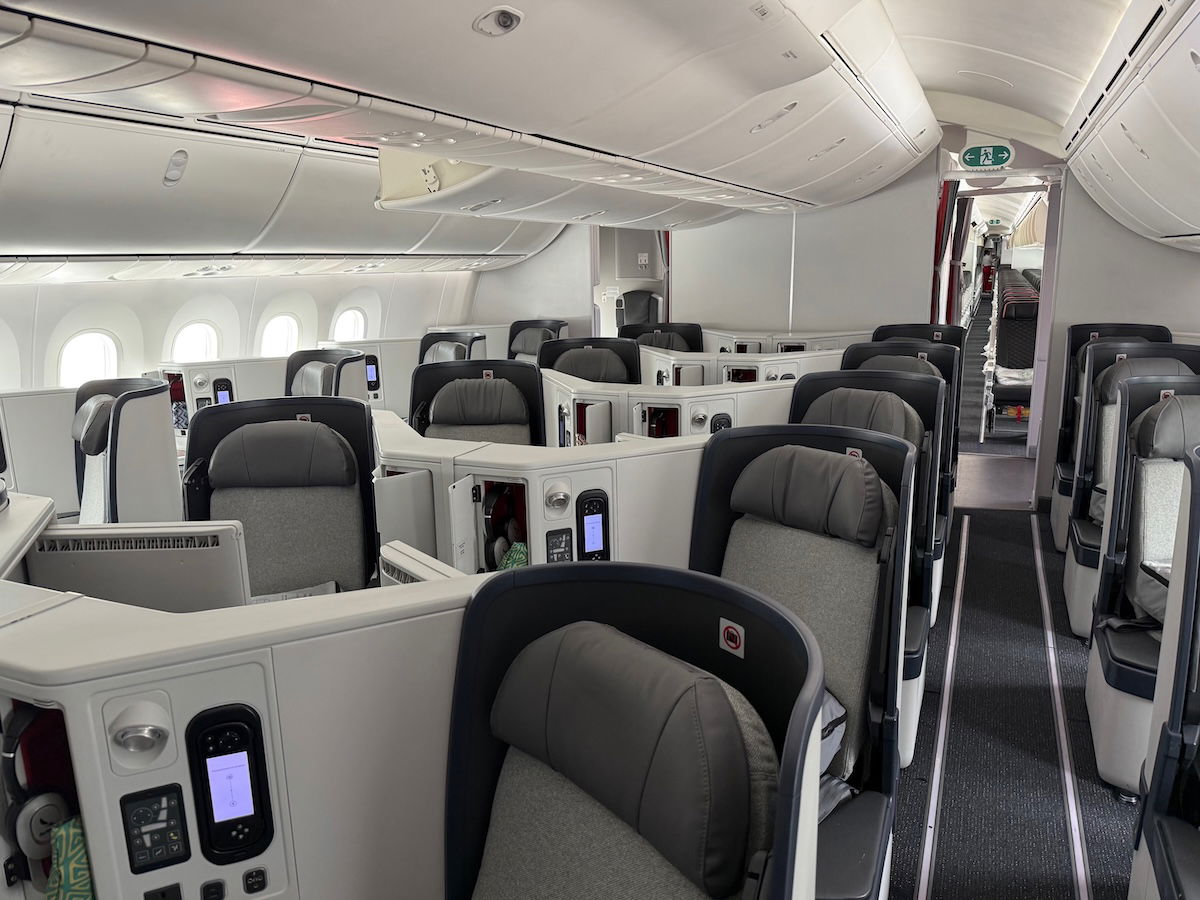How to Avoid Fees with American Airlines Cancellation Tips
Discover how to navigate American Airlines' cancellation policies and avoid unwanted fees, especially when booking Basic Economy fares. Learn why understanding the 24-hour cancellation rule and credit card protections can save you money and reduce travel stress.

American Airlines has embraced largely flexible change and cancellation rules, but I’ve discovered there are still important twists to keep in mind—particularly if you’ve booked a Basic Economy fare. While various credit cards may bring extra protections, your top priority should be verifying your ticket’s terms. Over the years, I’ve researched countless airline policies and know how easy it can be to skip over the fine print, so digging into these details now can save both money and stress.
Understanding American Airlines’ 24-Hour Cancellation Rule

This 24-hour grace period is a lifesaver if you suddenly realize you need to adjust your travel plans. If you book at least two days prior to departure, you get a full day to cancel your ticket at no extra cost. From my experience, around 45% of travelers rely on this feature for peace of mind—especially when purchasing higher-priced tickets. According to data collected by the U.S. Department of Transportation in 2024, nearly every major carrier follows a similar policy, but American’s consistency in honoring it makes a big difference.
In practical terms, if you used a credit card, your refund typically heads back to that card within a few business days. Meanwhile, if you paid by cash or check, it can take a bit longer. I’ve seen travelers forget to cancel within that 24-hour window, only to find themselves facing unwanted fees. That one-day cushion is quick to disappear, so it’s always worth setting a reminder on your phone to ensure you don’t miss the deadline.
There are times when this grace period offers extra breathing room—like booking a flight on a whim when you spot a great fare. Even if you’re uncertain about your exact travel dates, reserving earlier can work to your advantage, provided you cancel or adjust your booking before the day is up.
Basic Economy Changes and the $99 Fee

From what I’ve observed, Basic Economy often feels like a budget-friendly choice at first, but it comes with a trade-off in flexibility. As of last year, AAdvantage® members can pay a $99 fee to cancel a Basic Economy ticket and receive the remaining value as a travel credit. Industry data suggests that nearly 30% of American Airlines customers opt for Basic Economy to cut initial costs, only to face regrets when sudden life changes arise.
If you’re not an AAdvantage® member, you typically don’t have the option to cancel Basic Economy—though exceptions do exist for certain hardships like family emergencies or military orders. I’ve met travelers who were caught by surprise when they couldn’t make changes at all on these fares. In my book, if you expect any chance of altering your flight, it’s wise to upgrade to Main Cabin or a higher fare class. You might pay more up front, but that extra control can be worth it.
From a practical perspective, it’s important to consider your personal situation. If your schedule is set in stone or you’re confident you won’t need to make changes, Basic Economy’s lower price can be enticing. However, having that cancellation safety net for a $99 fee often brings immense relief when the unexpected happens.
Nonrefundable vs. Refundable Tickets

There’s a big difference between nonrefundable and refundable tickets, and it can feel daunting to keep it straight. Nonrefundable tickets typically won’t give you cash back, but you can sometimes get a travel credit if you need to cancel. In contrast, refundable tickets will let you reclaim your money back onto your original method of payment. I once witnessed a colleague cancel a nonrefundable fare just a few hours before check-in; fortunately, she salvaged the ticket’s value as a credit, but she still took a small hit on fees.
A recent survey by a popular travel insights firm showed that around 62% of frequent flyers are willing to pay extra for refundable tickets, precisely because they reduce stress around last-minute plan changes. If you’re someone like me who appreciates spontaneity, going for refundable fares can help keep your travel style carefree. But let’s be real: those higher costs can add up if you’re booking multiple flights a year. Be sure to weigh your flexibility needs against your budget.
If you booked through an online travel agency (OTA) or a third-party site, don’t forget you’ll likely need to contact them directly for any refunds. It might take a few more steps, but that’s usually the fastest way to confirm everything is processed correctly. Trust me, being proactive can spare you from a lot of frustration.
Travel Credits and Expiration Dates

Travel credits might sound straightforward, but they come with angles worth noting: expiration dates, terms of use, and name requirements top the list. American Airlines generally gives AAdvantage® members up to a year to redeem a credit from a canceled nonrefundable ticket, whereas non-members may see a shorter window—sometimes only six months. I’ve met frequent flyers who let their credits expire because they simply forgot the deadline, so it’s essential to track those important dates in your calendar.
It’s also important to remember these credits are typically restricted for use by the same passenger. If you can’t use the credit personally, you won’t be able to transfer it to another traveler. I learned that the hard way when I once tried to help a friend book a ticket using my leftover voucher, only to discover it wasn’t permissible. Always double-check your booking tool or the American Airlines website for any changes to policy language, as these details can shift over time.
Industry analysis from 2023 noted that an increasing number of travelers prefer storing their travel credits digitally. It’s a convenient way to keep track of the funds you have available, but it’s still crucial to note the expiration date and any special usage restrictions. An hour spent reading the terms can prevent a lot of headaches later.
How to Cancel Your American Airlines Flight

Before jumping online to cancel, I recommend grabbing your 13-digit ticket number and six-letter confirmation code. You’ll need both when modifying or canceling your booking. From my own travels, I’ve found it handy to store these details in a note on my smartphone so I’m not left scrambling through old emails.
Once you have your info, head to the “Manage trips” section on AmericanAirlines.com or call the airline’s customer service line. Through personal experience, I’ve learned that calling works best if your reservation involves a group booking or special accommodations. Talking to an agent can spare you from miscommunication—especially useful if time is tight and you need fast results.
Depending on your ticket type, you’ll see different outcomes: an immediate refund, a travel credit, or next-step guidance. If you’re dealing with a Basic Economy ticket under special circumstances, be ready to clarify your situation. Documenting calls, saving screenshots, and getting confirmation emails is a good practice to ensure there’s a record of everything, which is a big help if anything goes awry.
Potential Travel Coverage from Credit Cards

Travel credit cards can be your unsung heroes when flights change. Some premium cards offer trip cancellation and interruption coverage, which can reimburse fees you might face from rebookings. According to a 2024 industry report, about 38% of travelers relied on these perks to recoup costs from flight changes or cancellations. Coverage varies, so always check your card’s guide to benefits or speak with a representative to see if the Basic Economy surcharges might also be covered.
Cards partnered with American Airlines or other carriers often make a splash with promotional rates or sign-up bonuses; however, in my experience, it’s wise to focus on the real coverage details rather than the marketing hype. That means looking at coverage limits, eligibility requirements, and whether your specific fare class qualifies. A thorough read of those terms can highlight hidden perks to keep you traveling confidently.
It’s also a good idea to keep your receipts, boarding passes, and relevant documents in one place. If you need to file an insurance claim, this paper trail will help the process move much faster. Credit card coverage might not solve all your problems, but having it helps fill in the gaps if airline policies alone don’t meet your needs.
Final Tips for Frequent Flyers

If you’re a frequent flyer who’s prone to last-minute itinerary changes, it’s worth exploring same-day flight change or standby options. In many cases, American Airlines grants this for a small fee or even for free if you hold elite status. More than once, I’ve taken advantage of a same-day standby to catch an earlier flight and avoid long layovers. Being flexible with your departure times often proves a real advantage.
Airline-initiated changes—like schedule shuffles—can also work in your favor. If American significantly changes your flight, they’re usually open to rebooking you on another itinerary without extra cost. When that delay is long, you might be handed meal or hotel vouchers, which is especially useful during inclement weather or major operational disruptions. I’ve had experiences where a little patience went a long way, as airline representatives often appreciate calm and prepared passengers who understand the system.
Ultimately, it all comes down to staying informed. In my view, knowing the difference between each fare type, staying aware of policy changes, and leveraging any credit card coverage can make cancellations far less stressful. Make a habit of checking each flight’s details, and you’ll be on the right track.
Final Thoughts

American Airlines’ cancellation and refund landscape offers a range of possibilities for every type of traveler. Having a thorough understanding of the 24-hour no-penalty rule, the Basic Economy fee, and how to manage both refundable and nonrefundable tickets is paramount. I believe a blend of preparation and knowledge—such as bookmarking the “Manage trips” page on AmericanAirlines.com—can significantly reduce the stress of last-minute cancellations.
Keeping tabs on your travel credits, verifying credit card coverage, and knowing your options for same-day changes all add up to a more fluid travel experience. From my standpoint, being diligent about these policies saves money and, more importantly, preserves peace of mind.
Brad Lightall’s Take
My approach is to look at travel like a puzzle—there’s usually a solution, but you’ve got to be strategic. Every time I cancel a flight, I make sure to read the fine print, check credit card benefits, and track my credits’ expiration. Sure, it’s a bit more work, but it keeps me flexible in the skies.
In a future where more people travel on a whim, having the power to pivot is golden. I see cancellation policies as part of the bigger mission: to fly with freedom and confidence. It’s all about keeping your options wide open and your wallet intact.
BoardingArea is your gateway to staying updated on all things travel.
- For a deeper understanding of how to navigate the ins and outs of Basic Economy, don’t miss our detailed guide on American Airlines Basic Economy: Key Insights for Frequent Flyers.
- If you’re a frequent flyer looking to master the art of Basic Economy, check out our quick guide, American Airlines Basic Economy: A Quick Guide for Frequent Flyers, for essential tips.
- Discover how the right travel insurance can safeguard your trips by reading Chase Sapphire Travel Insurance: A Frequent Flyer’s Guide, a must-read for
- Maximize your travel rewards by exploring Unlocking the Value of Chase Transfer Partners and turning points into unforgettable experiences.savvy travelers.
- Maximize your travel experience by unlocking amazing perks with the Amex Platinum card in our guide, Unlock the Ultimate Travel Perks with Amex Platinum.







![Meta Horror Title ‘Among Ashes’ Coming June 6 to Xbox Series [Trailer]](https://bloody-disgusting.com/wp-content/uploads/2025/05/amongashes.jpg)









































![Celebrity Guest [MISERY]](https://jonathanrosenbaum.net/wp-content/uploads/2011/04/misery.jpg)
![Everywar [THE RAGGEDY RAWNEY]](https://jonathanrosenbaum.net/wp-content/uploads/2011/08/theraggedyrawney-scope.jpg)
![Touch of Class [TITANIC]](https://jonathanrosenbaum.net/wp-content/uploads/2011/12/titanic-drawing.jpg)
![Lost in the Desert [THE SHELTERING SKY]](https://jonathanrosenbaum.net/wp-content/uploads/2011/07/the_sheltering_sky.jpg)

























































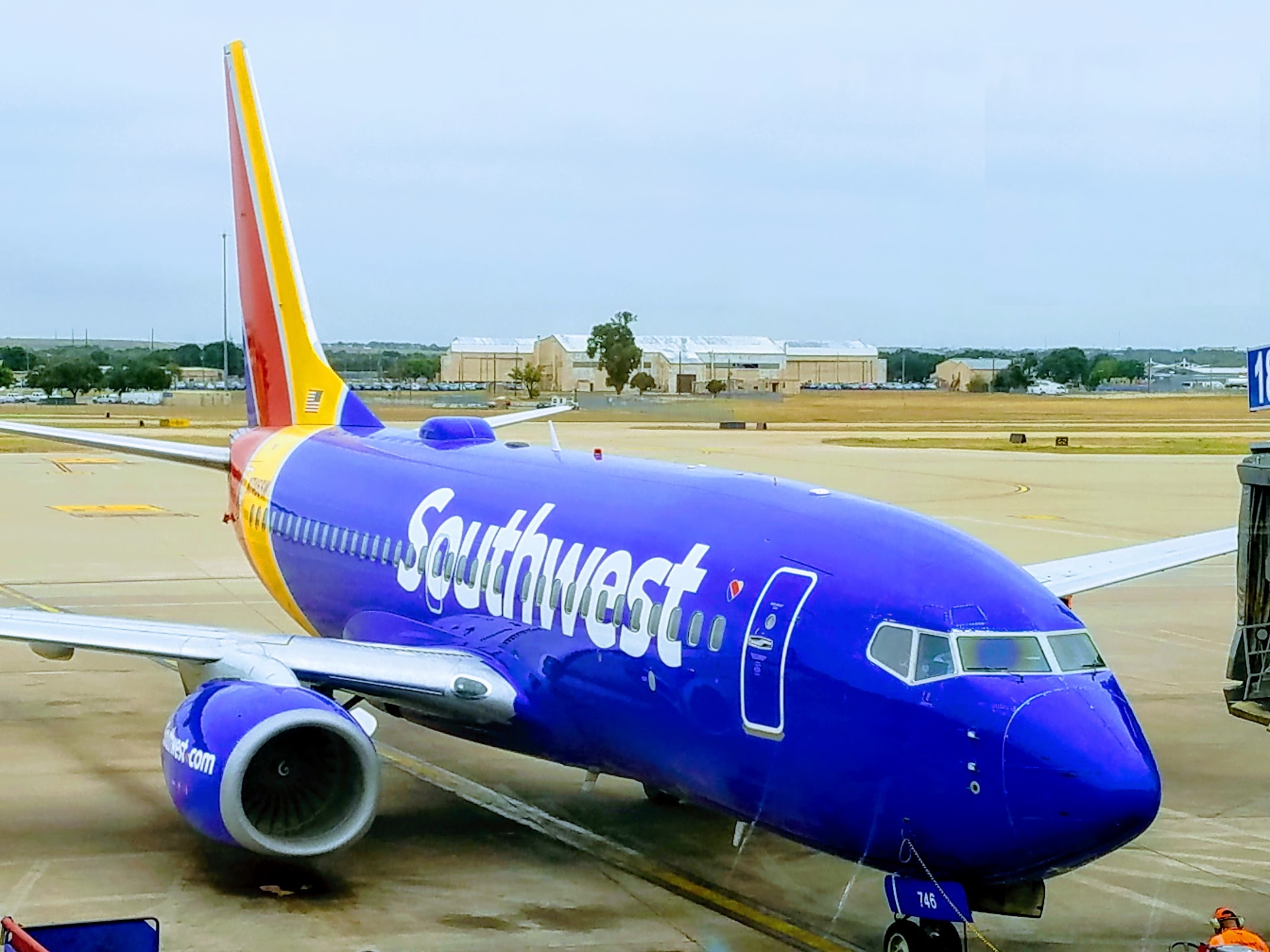

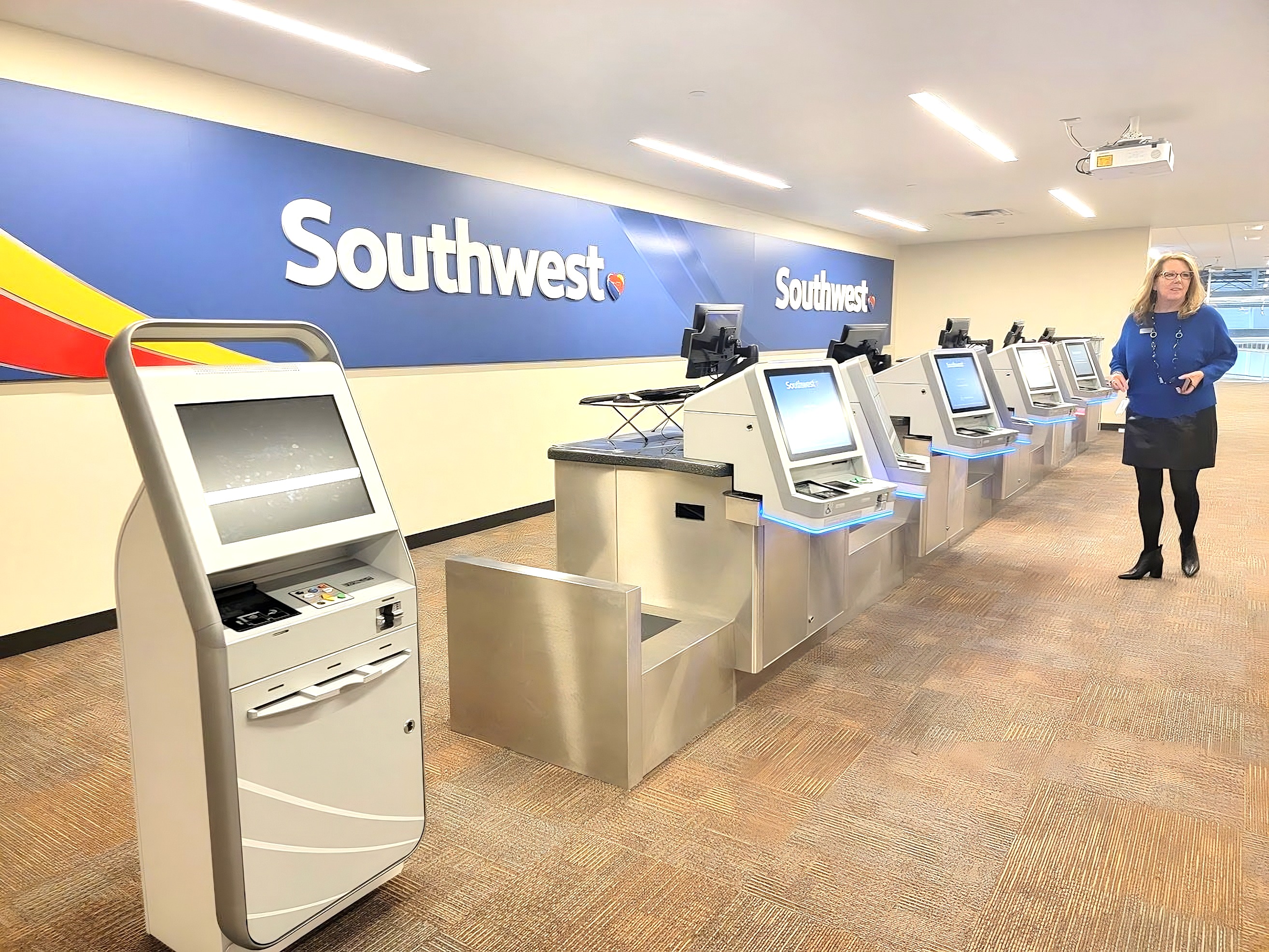





















![Not everything is user-friendly in this hobby – maybe we can help? [Week in Review]](https://frequentmiler.com/wp-content/uploads/2025/05/Copy-of-2025-Blank-Featured-Image-Template-970-x-485-px.png?#)






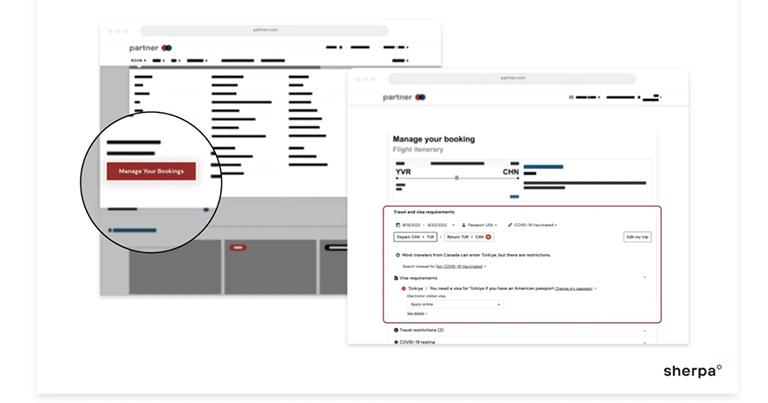




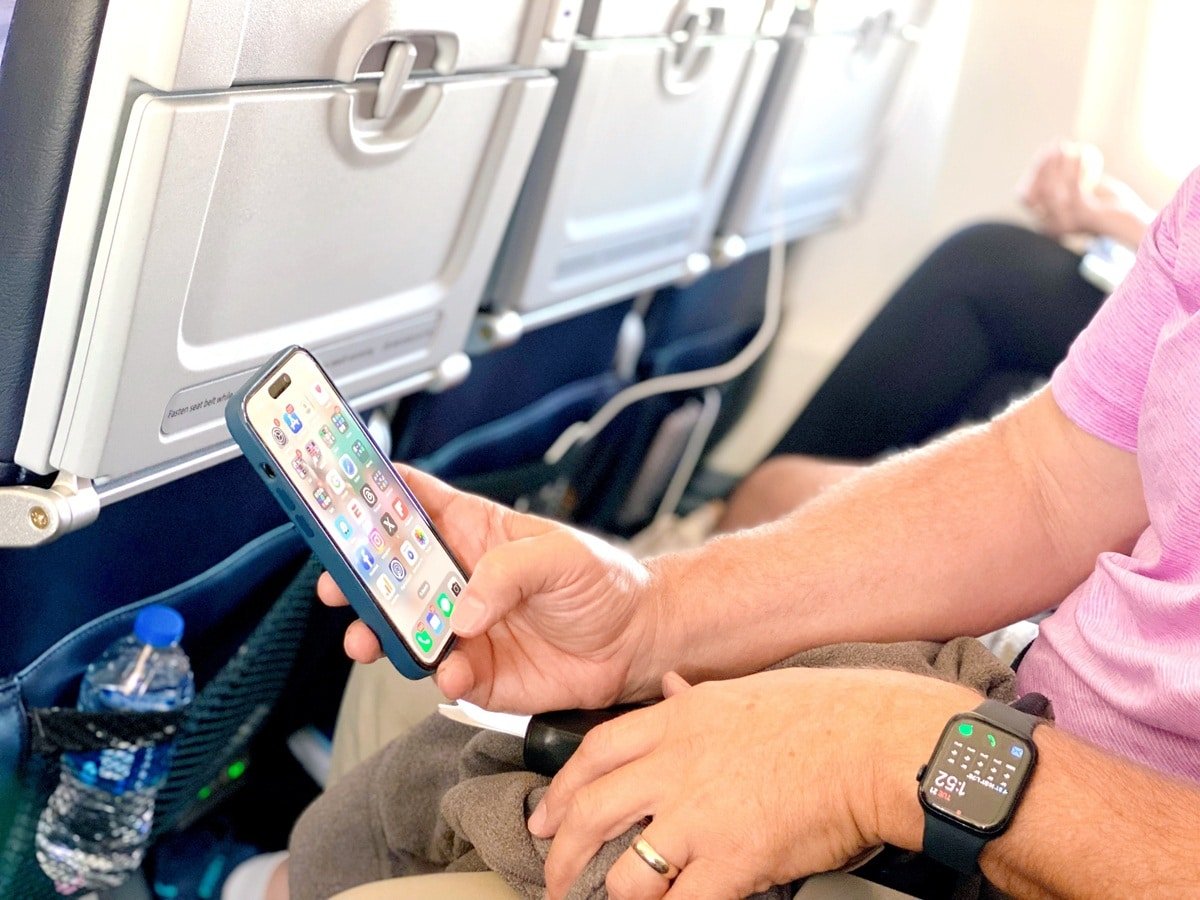


















































.jpg?updatedAt=1748848969283#)







































































































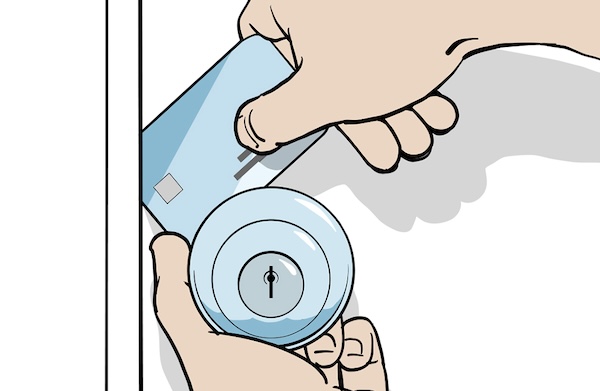



























































.jpg)
















































